In the previous two posts in this series, we presented NASA’s Lunar Reconnaissance Orbiter (LRO) and the Chandrayaan-1 mission, which was designed and developed by ISRO. These two missions are typical lunar scouting missions: the spacecraft with onboard remote-sensing instruments will orbit the Moon, collect scientific data, and relay it back to Earth.
NASA will launch another lunar scouting spacecraft on the same Atlas V rocket with LRO: the Lunar Crater Observation and Sensing Satellite (LCROSS). This mission is not a typical scouting mission and we will see why in this post.
In 1999, a precursor of LRO and LCROSS called the Lunar Prospector detected traces of concentrated hydrogen at the lunar poles. As a result, the LCROSS mission’s main goal is to confirm the presence or absence of water in a permanently shadowed crater near a lunar polar region. At the present time, landing a probe on the lunar surface and performing excavations or drilling would be very expensive. A less expensive solution for the LCROSS mission is to use a kinetic impactor to excavate a crater on the surface of the Moon.
After the launch, LRO will separate from LCROSS, and continue on a solo journey to the Moon. LCROSS will remain attached to the Centaur upper stage of the Atlas V launch system.
While LRO will follow a trajectory that will place it in a polar lunar orbit, LCROSS will execute a flyby of the Moon, and use an elongated Earth orbit to position itself on an impact trajectory. During this time, the LCROSS mission team will perform instrument calibration and corrections for the impact trajectory. The target of the impact will be the lunar south pole.
Seven minutes before the impact, LCROSS will separate from Centaur. The Centaur will be used as a kinetic impactor. Having a mass of approximately 2,200 kg, on impact, it will excavate a crater 20 meters wide and 3 meters deep. According to NASA scientists, more than 250 tons of lunar material will be propelled into space.
LCROSS will then fly through the debris of the previous impact. The instruments onboard LCROSS will collect scientific data and the spacecraft will relay it back to Earth. LCROSS will end its mission four minutes after the Centaur impact by creating its own impact crater on the lunar surface. The last S in LCROSS should stand for Smasher instead of Satellite considering the final act of the mission!
The scientific instruments onboard LCROSS cover a wide spectrum: two near-infrared spectrometers, a visible light spectrometer, two mid-infrared cameras, two near-infrared cameras, a visible camera, and a visible radiometer. The instruments can detect traces of organics, hydrocarbons, hydrated minerals, water ice, and water vapor. More details about the LCROSS scientific payload can be found on LCROSS mission page.
I wonder to what extent the debris caused by the impact of Centaur and LCROSS will interfere with the scientific instruments onboard LRO and Chandrayaan-1. Both LRO and Chandrayaan-1 will be orbiting the Moon on polar orbits at that time.



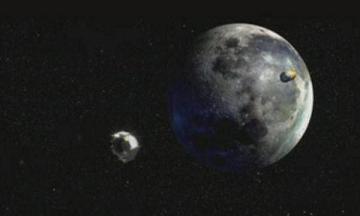

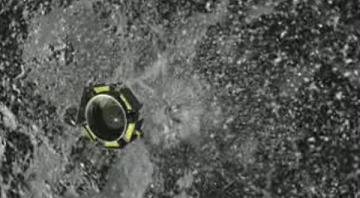







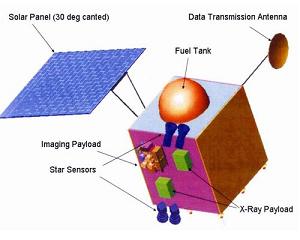
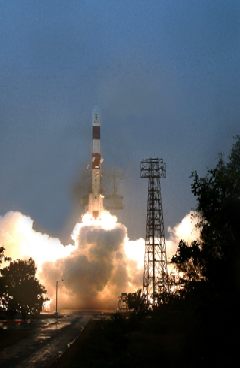


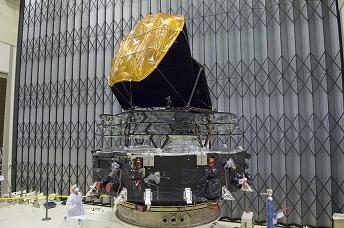

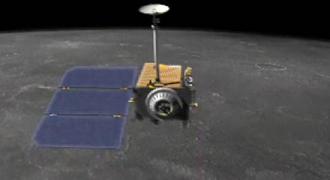
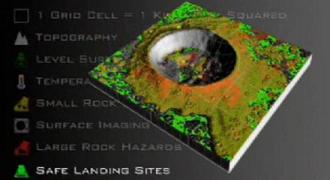
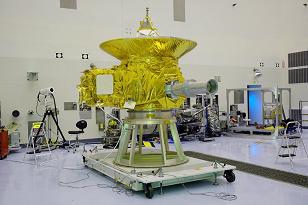
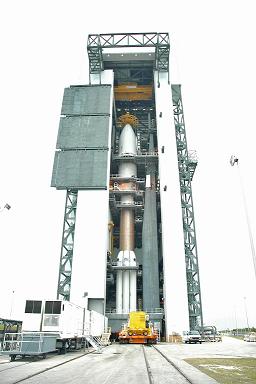
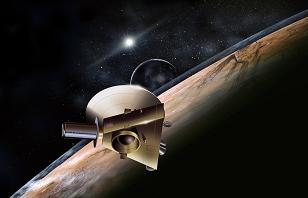
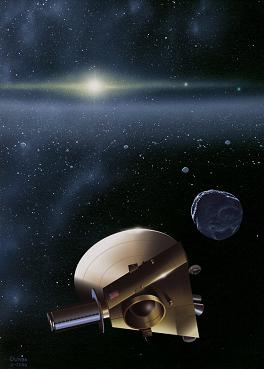



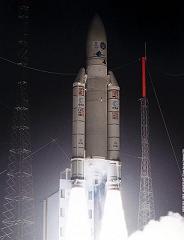
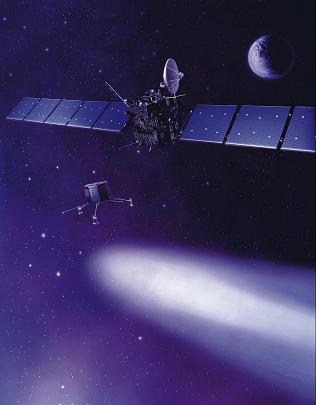

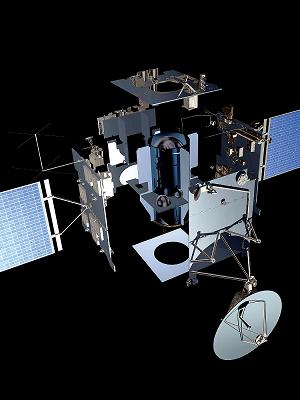

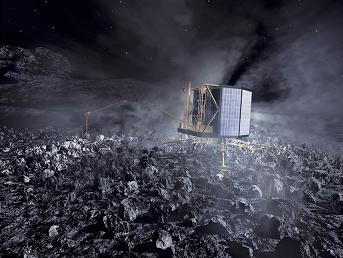

 Subscribe to blog posts using RSS
Subscribe to blog posts using RSS










